5100 Mini-Store (5100 微型百貨) takes art out of the exhibition space and online, where viewers become a part of artist Wu Chien-yi’s (吳芊頤) work by shopping for canvases depicting nearly 400 products on her blog or the Ruten (露天拍賣) online auction site.
Canvases created for 5100 Mini-Store are currently on display as part of the 2011 Taipei Arts Award (臺北美術獎) exhibition, which is at the Taipei Fine Arts Museum (台北市立美術館) until March 4.
The concept for 5100 Mini-Store was inspired by the experience of browsing online auctions and stores. Wu used image thumbnails on Web sites like Ruten and Go Happy (快樂購物網) as visual references.
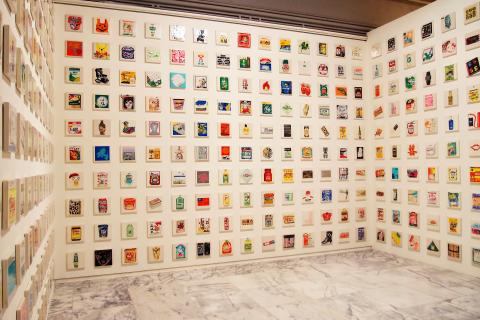
Photo courtesy of Wu Chien-yi
“When we look at listings online, everything has been reduced to a photo, one after another. On the Internet, everything looks the same, no matter what it is. It’s all uniform,” says Wu.
Wu used colored tape to create each of the 21cm2 canvases, which show items ranging from detergent to Gucci wallets. There are several depictions of Andy Warhol’s most recognizable artworks; one canvas features the cover of Walter Isaacson’s Steve Jobs biography. The canvases are priced at NT$3,000 each and can be purchased on Ruten or by contacting Wu through e-mail.
The amount of detail in each of Wu’s images varies from canvas to canvas, but many of the brands are recognizable upon first glance.
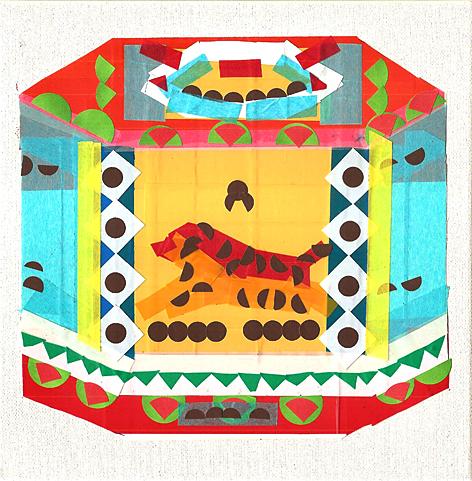
Photo courtesy of Wu Chien-yi
“[Wu] uses the same material in all of the canvases and they are all the same size, which focuses our attention on the question of how we determine each object’s value,” says artist Wang Jun-jieh (王俊傑), who was part of the jury that selected pieces to be included in the Taipei Arts Award exhibition. Wu was one of 15 artists picked from a pool of 264 submissions.
Wu, who began conceptualizing the project a year ago, spends 40 minutes to about two hours working on each canvas. A series of food items features snacks such as a bag of peanut M&M candies, Oreo cookies and cans of soft drinks like Pepsi, Coca Cola and Sidra. Entertainment products include a black Nintendo Wii console and an HTC Wildfire S smartphone. Other canvases show quotidian objects like a white Mono plastic eraser and a pack of 3M Command adhesives.
One series of canvases focuses on products that were found to contain di(2-ethylhexyl) phthalate, or DEHP, during a food contamination scandal last year.
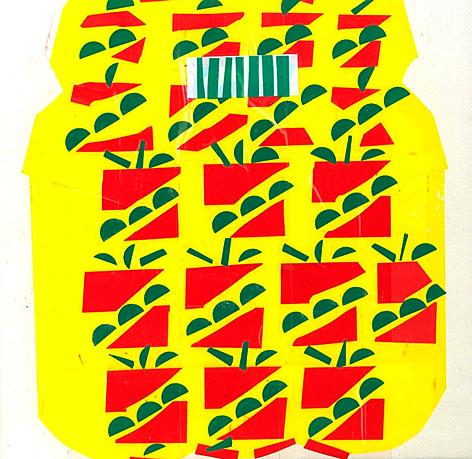
Photo courtesy of Wu Chien-yi
“Everyone refused to purchase them. The items all became highly recognizable,” Wu says.
Though Wu has created about 400 canvases, only eight have been purchased so far, most by customers who found her artwork through 5100 Mini-Store’s blog or Ruten.
“She hasn’t sold a lot of canvases, but she is using the Internet as a platform to talk about consumer value and I think that is something only young artists can do, because the Internet is such a big part of their life and using it is completely natural to them,” says Wang, the head of the Center for the Study of Art and Technology at the Taipei National University of the Arts (國立台北藝術大學).
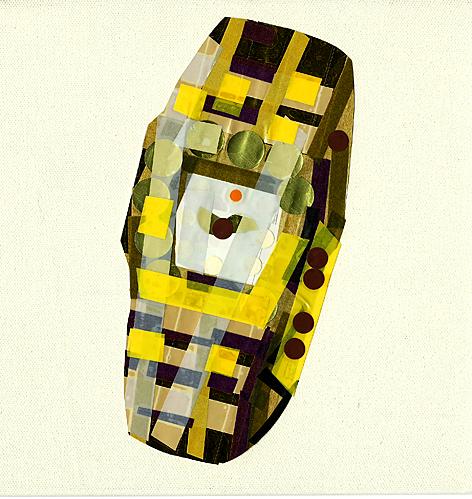
Photo courtesy of Wu Chien-yi
Wu chose tape because it is a common household material. Rolls of tape are stacked on a worktable that has been set up in the Taipei Fine Arts Museum installation, and bits of the material overflow from three trash cans. During the opening day of the Taipei Arts Award exhibition, Wu sat at the table and worked on a canvas.
“One of the things I want to do was to make my process as transparent as possible, so everyone knows how I work and what materials I work with,” says Wu.
Wu plans to keep creating new canvases for 5100 Mini-Store, including a series that will focus on art supplies. Now that her canvases are listed online, Wu says people sometimes stumble upon 5100 Mini-Store’s “items” while searching for the original object.

Photo courtesy of Wu Chien-yi
“Someone saw my work in a Google search, and said it was easy to recognise what the items were without reading the descriptions,” says Wu.
“Sometimes people go looking for the actual item and this is what they find instead. It gives it new life,” she adds. “When you go shopping online, you don’t know what you will actually end up with.”
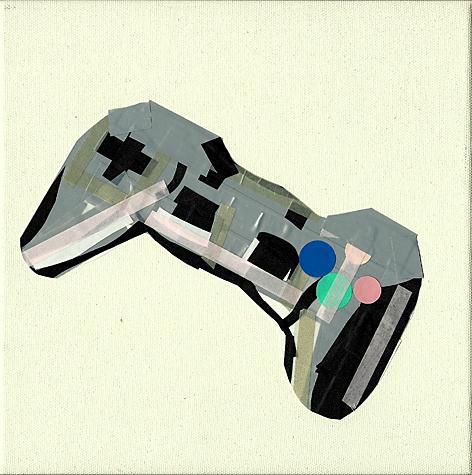
Photo courtesy of Wu Chien-yi
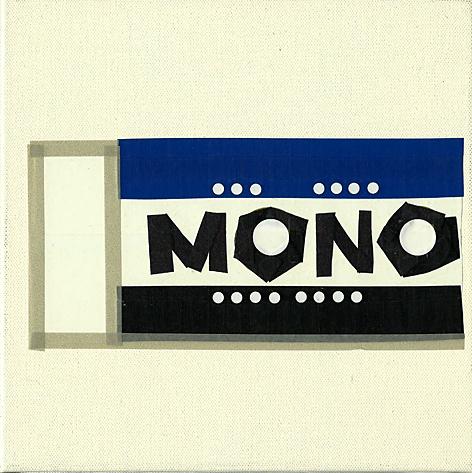
Photo courtesy of Wu Chien-yi
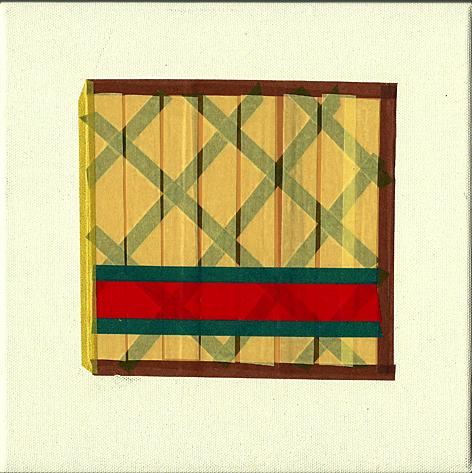
Photo courtesy of Wu Chien-yi
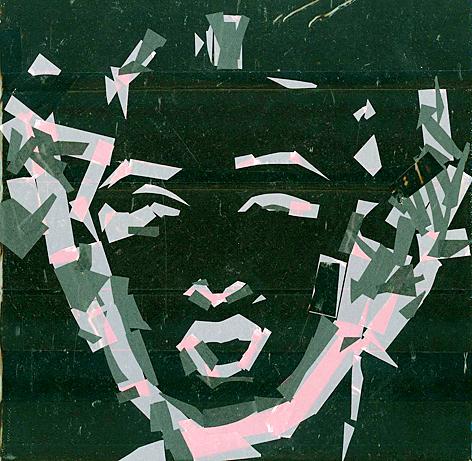
Photo courtesy of Wu Chien-yi

A vaccine to fight dementia? It turns out there may already be one — shots that prevent painful shingles also appear to protect aging brains. A new study found shingles vaccination cut older adults’ risk of developing dementia over the next seven years by 20 percent. The research, published Wednesday in the journal Nature, is part of growing understanding about how many factors influence brain health as we age — and what we can do about it. “It’s a very robust finding,” said lead researcher Pascal Geldsetzer of Stanford University. And “women seem to benefit more,” important as they’re at higher risk of

March 31 to April 6 On May 13, 1950, National Taiwan University Hospital otolaryngologist Su You-peng (蘇友鵬) was summoned to the director’s office. He thought someone had complained about him practicing the violin at night, but when he entered the room, he knew something was terribly wrong. He saw several burly men who appeared to be government secret agents, and three other resident doctors: internist Hsu Chiang (許強), dermatologist Hu Pao-chen (胡寶珍) and ophthalmologist Hu Hsin-lin (胡鑫麟). They were handcuffed, herded onto two jeeps and taken to the Secrecy Bureau (保密局) for questioning. Su was still in his doctor’s robes at

Last week the Democratic Progressive Party (DPP) said that the budget cuts voted for by the China-aligned parties in the legislature, are intended to force the DPP to hike electricity rates. The public would then blame it for the rate hike. It’s fairly clear that the first part of that is correct. Slashing the budget of state-run Taiwan Power Co (Taipower, 台電) is a move intended to cause discontent with the DPP when electricity rates go up. Taipower’s debt, NT$422.9 billion (US$12.78 billion), is one of the numerous permanent crises created by the nation’s construction-industrial state and the developmentalist mentality it

Experts say that the devastating earthquake in Myanmar on Friday was likely the strongest to hit the country in decades, with disaster modeling suggesting thousands could be dead. Automatic assessments from the US Geological Survey (USGS) said the shallow 7.7-magnitude quake northwest of the central Myanmar city of Sagaing triggered a red alert for shaking-related fatalities and economic losses. “High casualties and extensive damage are probable and the disaster is likely widespread,” it said, locating the epicentre near the central Myanmar city of Mandalay, home to more than a million people. Myanmar’s ruling junta said on Saturday morning that the number killed had